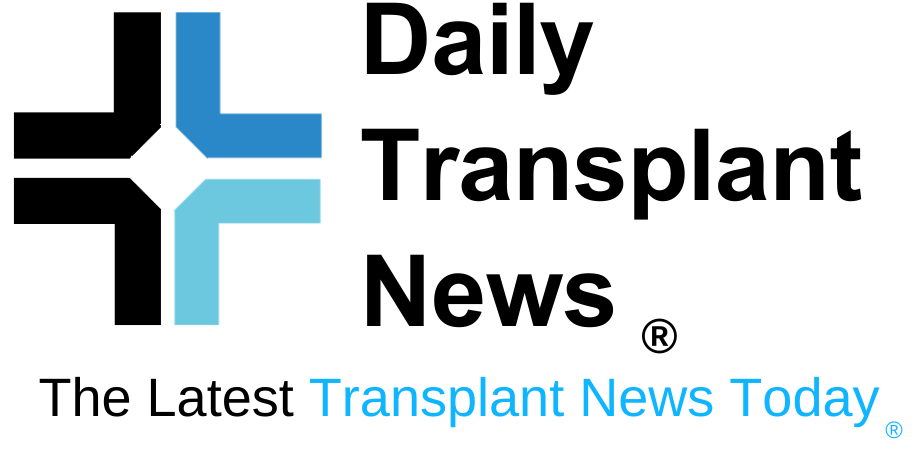thank you. Listen to this article using the player above.
Want to hear this article for free?
Fill out the form below to unlock access to all audio articles.
A way to enhance the functions of often overlooked stem cells could lead to better treatments for blood-related diseases.
“These cells could be of great help in improving regenerative medicine,” says KAUST biochemist Jasmine Merzaban, who led the study.
In a stem cell transplant (also called a bone marrow transplant), a patient with a malfunctioning bone marrow is injected with a new set of healthy blood-forming stem cells, known as hematopoietic stem cells (HSCs).
Want more breaking news?
apply technology network‘Daily Newsletter. Get the latest science news delivered straight to your inbox every day.
These cells have historically been identified by the presence of a protein called CD34. Her HSCs that express this surface marker are known for their superior ability to home to and colonize the bone marrow.
However, this emphasis on CD34-positive HSCs inadvertently ignored the corresponding population of CD34-negative cells. These cells are primarily found in umbilical cord blood, and although they have limited ability to migrate within the bloodstream, they are thought to have a higher regenerative capacity because they are more abundant. primitive developmental state.
“The use of CD34-negative HSCs in transplantation has great untapped potential,” says Asma Al-Amoudi, a postdoctoral fellow in Merzaban’s lab. Together with her colleagues, she set out to increase its therapeutic value.
The researchers first characterized the different HSC populations found in umbilical cord blood and found that CD34-negative cells specifically contain sialyl Lewis X, a sugar molecule expressed by CD34-positive HSCs that helps guide cells to the bone marrow. I noticed that it was missing.
To address this deficiency, the researchers treated CD34-negative cells in the lab with the necessary enzymes to promote production of this sugar. The cells then acquired a newfound homing ability.
After being transplanted into mice, the enhanced CD34-negative cells quickly entered the bone marrow, where they continued to pump out new, healthy blood and immune cells for several months. HSCs also showed increased activity of genes involved in adhesion mechanisms that promote interaction and engraftment within the bone marrow environment.
The findings provide compelling evidence that CD34-negative HSCs “may be more effective as a therapeutic option than current clinical use suggests,” says an academic document detailing these findings. said Al-Amoudi, lead author of the paper.
“Given how effectively CD34-negative cells integrate into the bone marrow niche, their use could potentially extend cell regeneration in transplant recipients,” she explains.
Additionally, incorporating both CD34-positive and CD34-negative HSCs into transplantation procedures increases efficiency and cost-effectiveness, and “doubles the potential stem cell content, thereby extending the therapeutic benefits of cord blood.” It can be amplified,” she says.
reference: Al-Amoodi AS, Kai J, Li Y et al. α1,3-fucosylation treatment improves navigation of cord blood CD34-negative hematopoietic stem cells. iscience. 2024;27(2):108882. Doi: 10.1016/j.isci.2024.108882
This article has been reprinted from the following material. Note: Materials may be edited for length and content. Please contact the citation source for details.


